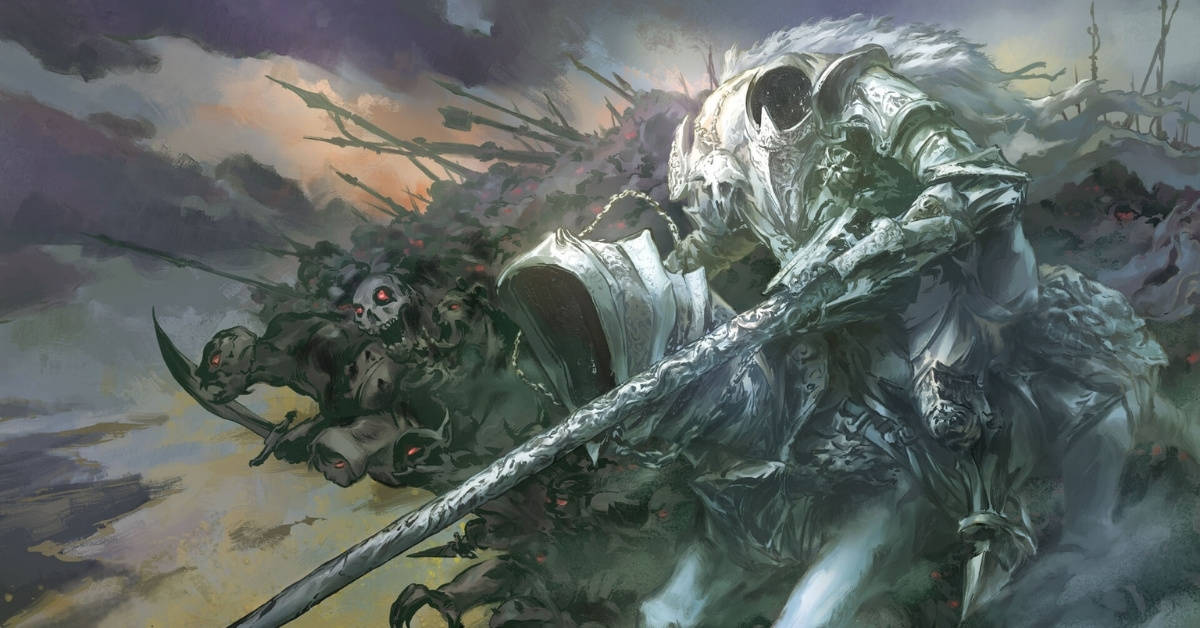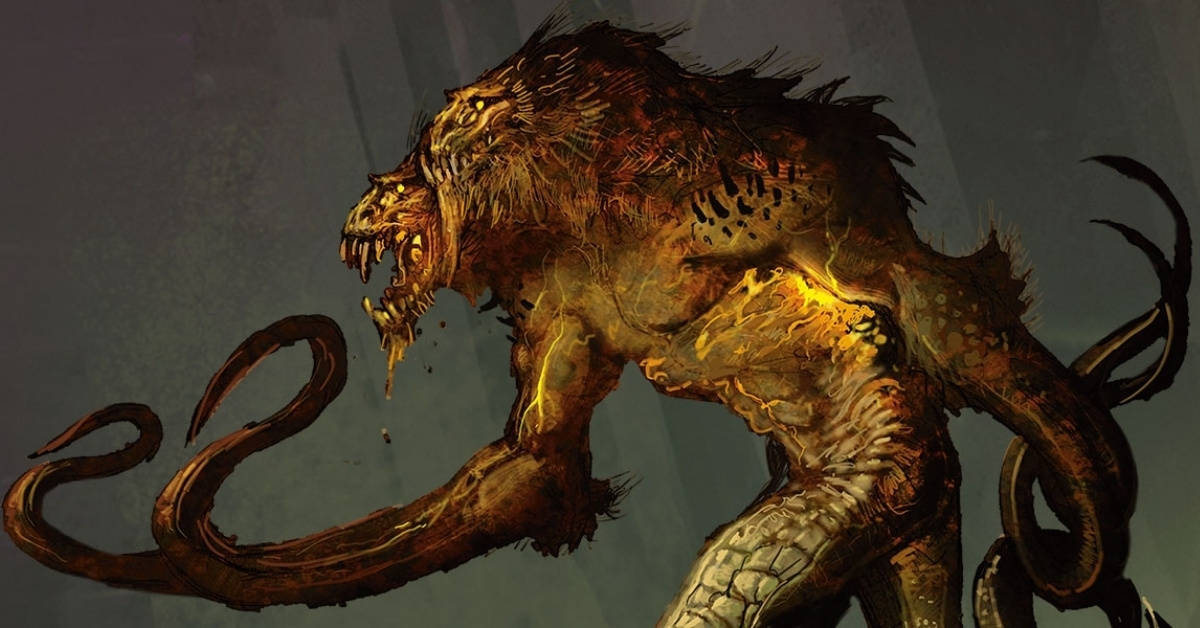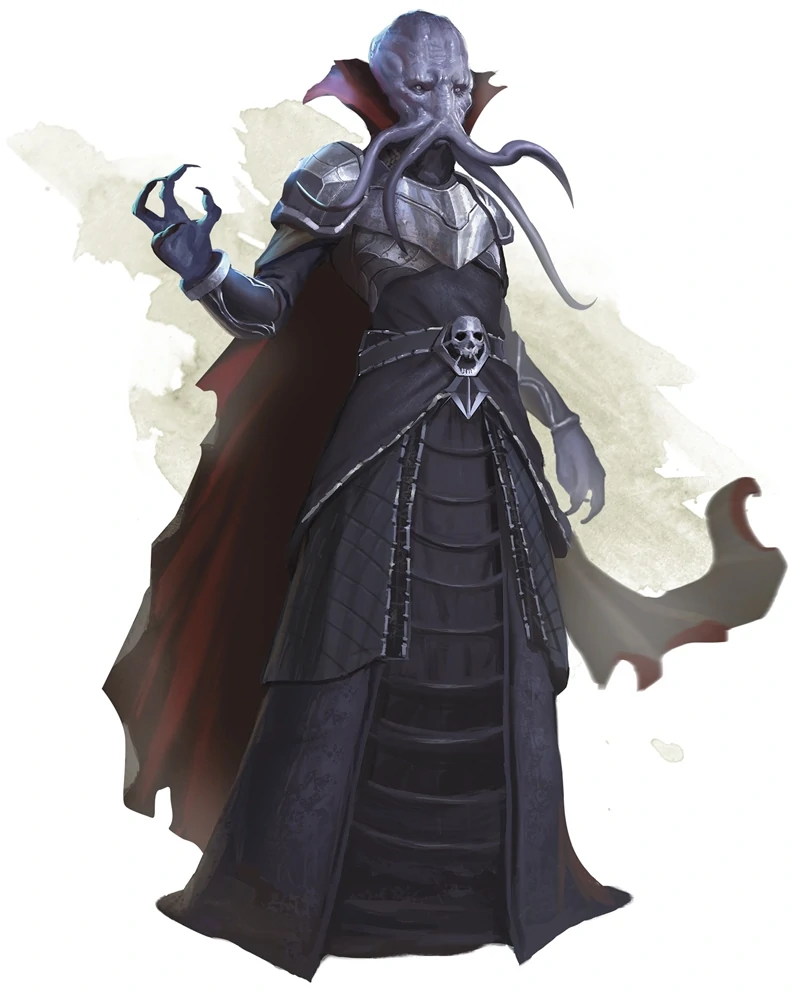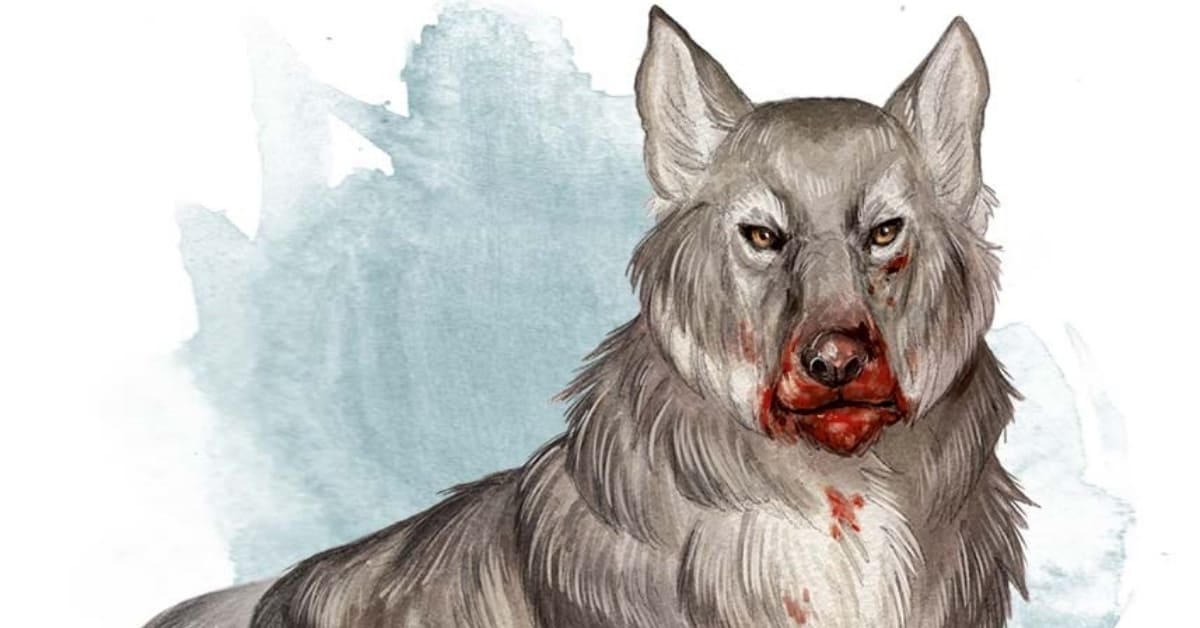If you desire to know Death Knight 5e, Below. Let’s talk about it.
Master of the glory, lord of the owner, and the defender of their lady’s beauty and virtue. They are the love of every woman, an ideal for every man, and the hero of every kid. Knights are those warriors who provide their service to the rulers, religious orders, and noble causes.
In truth, the knights are quite opposite to how they are depicted in tales. They are ugly, blunt, and repulsive at best. Most of them spend their life roaming in the wilderness, fighting and killing and taking the life of people whom they have never met, in a conflict that is not their own.
Death Knight Stat Block
Death Knight
Medium Undead Chaotic Evil
Armor Class: 20 Plate (shield)
Hit Points: 180 (19d8 + 95)
Speed: 30 ft.
STR 20 (+5)
DEX 11 (+0)
CON 20 (+5)
INT 10 (+0)
WIS 16 (+3)
Saving Throws: Dexterity +6, Wisdom +7, Charisma +10
Damage Immunities: Necrotic, Poison Condition Immunities: Exhaustion, Frightened, Poisoned
Senses: Darkvision 120 ft., Passive Perception 13
Languages: Abyssal, Common (*I would add “any they knew in life” as well)
Challenge: 17 (18,000 XP)
The knight in Dnd 5e has an advantage on saving throws against being frightened.
Magic Resistance; Death knights have an advantage on saving throws against spells and other magical effects due to their resistance to magic.
Marshell undead; The death knight has an advantage on saving throws against features that turn undead, along with any undead creatures of its choice within 60 feet of it, unless the death knight is rendered unconscious.
Spellcasting; The death knight is a spellcaster of level 19, so. Charisma (spell save DC 18, +10 to hit with spell attacks) is its spellcasting ability. It is ready with the following paladin spells:
The first level (4 slots): Command, compelled duel, searing smite
The second level (3 slots): magic weapon, hold a person
The third level (3 slots): dispel magic, elemental weapon
Fourth level (3 slots): banishment and staggering smite
5th level (2 slots): Destructive wave (necrotic).
Actions:
Multiattack; The death knight launches three longsword attacks simultaneously.
Melee Longsword Attack: +11 to hit, 5 ft. range, one target. Hit: 18 (4d8) necrotic damage and 9 (1d8 + 5) slashing damage, or 10 (1d10 + 5) if used with two hands.
Hellfire Orb (1/Day); The Death Knight launches a magical fireball that explodes within 120 feet of it, Each creature within a sphere of 20 feet around that point must succeed on a DC 18 Dexterity saving throw. The sphere encircles corners. On a failed save, a creature receives 35 (10d6) fire damage and 35 (10d6) necrotic damage, or half that amount on a successful one.
Reactions:
Parry: The Death Knight increases its AC by 6 to defend itself from one melee attack. The death knight must be facing the aggressor and carrying a melee weapon to do this.
What Accurately Is a Death Knight 5e?
A death knight 5e is a strong undead creature proficient in casting spells and interacting in melee combat.
Such knights, who used to be strong soldiers, generally paladins, now start serving the desires of a powerful undead and a fiend and are usually affected by a team of lower undead or fiends.
If you arrive across any of these, you’re probable to have a bad time.
Death knights are generally dressed in full plate armor, with 2 different glowing orbs of bright light from underneath their helms’ visors. A skeleton could be hidden beneath the armor. However, apart from such an overall illustration, you must probably add some black background, insignias, and potentially even a cape.
More information;
So whatever you could do to start making this knight feel special just by looking at him will assist you in portraying him as just a relevant character. Death knights, like most undead, were once awake. Death knights are generated when a fallen paladin (or the other warrior) passes away before apologizing for their sins.
Based on the 5e Monster Guide, a paladin named Soth fell in love with another woman while married, became angry and fearful, and finally killed himself, his beloved, and his child inside a fire. It’s a tragic case, but the type of drama makes DnD storytelling so fascinating. In this sense, death knights are equally a chance for great story advancement as they are feared foes.
Death knights, you view, aren’t entirely evil by choice, that helps to make them very good characters. If you create a demon into the campaign, those who are generally evil by both nature and nurture and there is not much you have to do to change their minds.
About death knight forgiveness:
On the other hand, a Death Knight 5e? All you need to do now is make it to the stuck paladin.
These rebellious souls can forgive. Although there are no specific mechanics or instructions in 5e for doing so, it has already been covered in previous versions. All of it boils down to a death knight becoming an eternal being until they claim back or atone for their behavior.
This level of awareness puts death knights nearer to liches than to usual zombies. They are now at least in part accountable for their choices despite being governed by a stronger being. It is most likely a loyalty circumstance instead of a filled trawl.
The diagnosis of a death knight’s path to forgiveness at your table can differ tremendously. And sometimes those feared creatures produce only feared creatures.
Death Knight Dming:
Along with a death knight in a campaign is a big decision. With such a challenge score of 17, your players will be in for a fight no matter what happens.
The big decision for you is whether Death Knight 5e is simply a tool for something much more powerful or if their story is the one we must be concerned with.
I consider that the primary objective of a Death Knight 5e is to supply your players with only an enemy to genuinely fear. Even so, what’s weirder than a fearsome hero?
Death knights are still a variety of things, although in combat, they are martial protectors, spellcasters, and military leaders. These three elements make them such a frightening force.
Soldiers of the Death Knight 5e:
Based on the beneficiary of your death knight, they will control either an undead or a devilish force. Remember, you do not want these creatures to be excessively powerful; when they are, the death knight will struggle. A death knight alone represents a lethal interaction for a group of four players of 12th or lower level. If we are including and over a couple of creatures, they must all have a low CR.
Here are some ways to spice up a meeting.
Skeleton/Zombie (Undead) CR 14 – A small number of these undead will be beneficial as fodder for the death knight.
Undead Minotaur Skeleton CR 2 – Some of these should last longer than a few of the lesser undead, but they’ll still be no match for your level 10 or greater players. They will, however, add a few action economic systems to the opposite team.
Flame skull (Undead) CR 4 –
If the death knight is a servant of such a strong necromancer, a flame skull would serve as an excellent place to start for what may turn into a much bigger encounter. These undead spellcaster skulls are there to safeguard something and to bring out their master’s orders precisely. “Bring in additional forces,” for instance, could easily be present in those instructions.
Abyssal Wretch (Fiend) CR 14 – A death knight inside the service of a demon will almost certainly have such a swarm of these mutated humanoid demons at their disposal. They’re thoughtless creatures that fill up the action economy, comparable to skeletons and zombies.
Rutterkin (Fiend) CR 2 – These creatures are particularly perplexing due to the skill to poison creatures and transform them into more abyssal wretches.
Imp (Fiend) CR 1 – Imps always are irritating, but a group of them under the control of a death knight is particularly so.
Spined Devil (Fiend) CR 2 –
Just because these devils are lesser doesn’t mean those who aren’t risky. They have mystical resistance and therefore can attack numerous times per spin, making them scary on their own.
It can be challenging to ensure you’ve created a balanced fight, but with techniques like the Kobold Fight Club and some practice, you must be capable of creating interactions that provide just the perfect level of challenge for your party.
Ideally, you’ll have managed to gain a certain practice experience even by the time you choose to bring Death Knights to the chart. Going to add too many animals to help a knight can lead to a lethal interaction.
Details:
The death knight, in contrast, hand, will wish to control their melee attacks and spells in the exact way that a paladin is doing. They will not have access to recovery spells as undead creatures, but still, the remaining of their spellcasting vocabulary is on display. It entails a huge amount of killing and battlefield control.
Because those who won’t be able to retrieve spell slots during battle must be careful, only casting spells when they have to obtain significant benefits or when they already possess them.
Because death knights have little layer and legendary actions, their forces are used here. The death knights’ underlings, like a PC cast Danse Macabre, must all be operating for them. The relatively small creatures should act as meat (or bone) covers for the death knight, diverting attention hits aside from their leader.
The tiny creatures are also able to keep the players in check. The death knight would use his minions as disruptions, enabling them to deal with only one PC at a time.
A Corporeal Steed:
Grim riders, from Nazgul to the Ghost Rider, usually ride skeletal horses. Death knight makes no exception, and they commonly ride an undead horse. Warhorse skeletons and nightmares are mainly two variations. A Death Knight 5e is purely a mounted attacking player. With such a faster movement speed on a warhorse skull. If the chance presents itself, the skeletal horse may also employ its hooves.
Death Knight becomes even more terrifying in a nightmare. They obtain fire resistance as a result of the nightmare’s capacity to assign fire resistance.
Nightmares could also shift between the Ethereal and Material planes. This indicates that the death knight can disappear from one place and reappear in the other.
Placing a death knight on a horse is spectacular, it also can completely alter the cadence of a battle. It’s a great thing for the knight to dismount for more melee combat, but you’ll have to think about why they did so.
If a death knight 5e wants to believe defeat seems to be imminent. They will most probably retreat and come back at a later time. Even when they defeat, they could be destroyed until they are forgiven. As a result, they’ll nearly definitely return with a more lethal group of underlings.
A Death Knight Tells a Story:
Death knights do not need to be a key plot element. You can put them at your players for a challenging task but then forget about them, like any other creature. You can, however, start creating a very great narrative focused on a redemption arch.
A death knight is impossible to kill. They will come back to fight another day no matter how so many times and in which ways they devastate. That is until they can rescue themselves. I genuinely think we can all agree that fighting heroes is not the ideal way to apologize. I consider it a fantastic idea to arrange the framework for some sort of reward arc.
This needs to include a few backstories, explaining how this troubled soul evolved from paladin to what they are now. Death knights are infrequently the result of commonplace oath-breaking. Somewhat, there is generally some type of major disaster in the character’s path.
In Soth’s case, this is the killing of his lover and child. In his case, atonement is more difficult than simply making amends. This is almost probably correct for the significant proportion of death knights out there. It’s up to you to determine what matters as atonement, but I think that any considerably good deed should be enough.
Consider Darth Vader’s forgiveness. Throwing a very evil, very old man down an impossibly long rotates was sufficient to turn him around. In your game, a death knight might well be redeemed by performing something heroic. That can save your PC or another essential character.
Conclusion:
Death Knights does not even have a happy ending, but still it provides excellent storytelling. Instead, they’re only some frightening piece of armor that was a real pain inside the adventurers’ sides. If you’re searching for an undead creature to offer your players the creeps, a death knight is just the way to go.
Also, bringing them as a top henchman to the BBEG early in the game and getting your players ready for the ultimate battle is sufficient to raise everybody’s blood pressure.
I hope you enjoy the above creature equally as I do, and this content proves to be very useful for you in exploring more about this creature.
Read Also: Monsters



